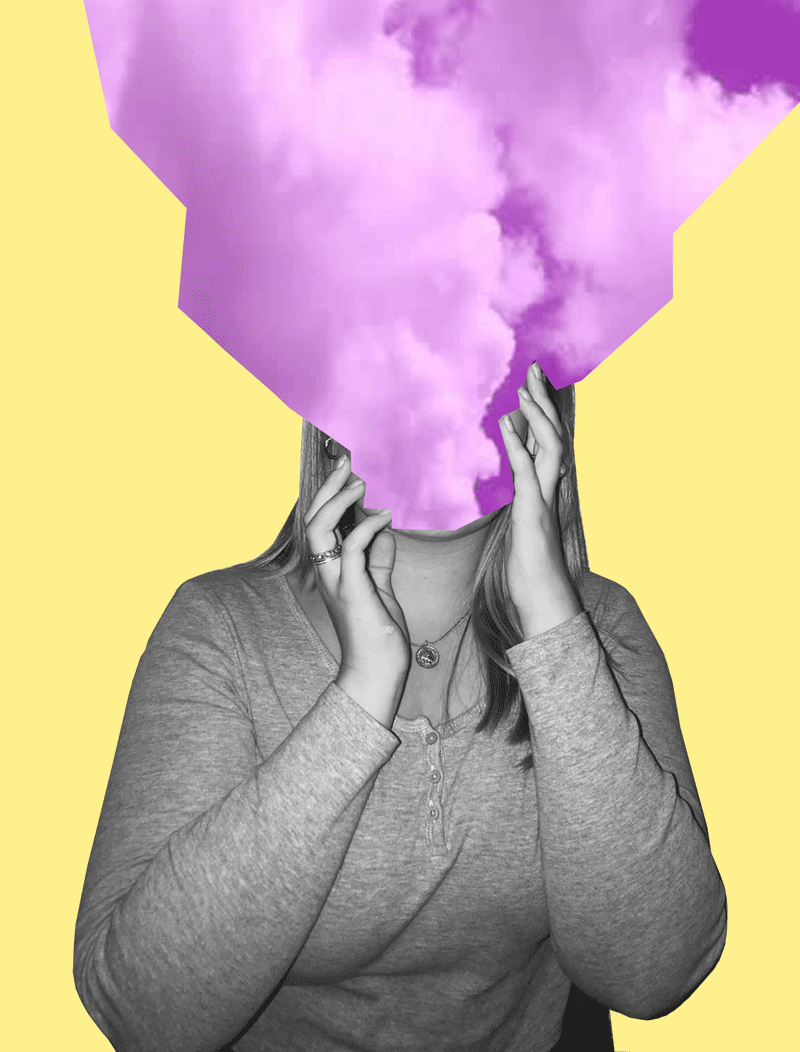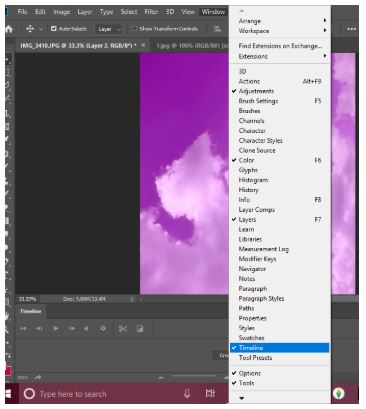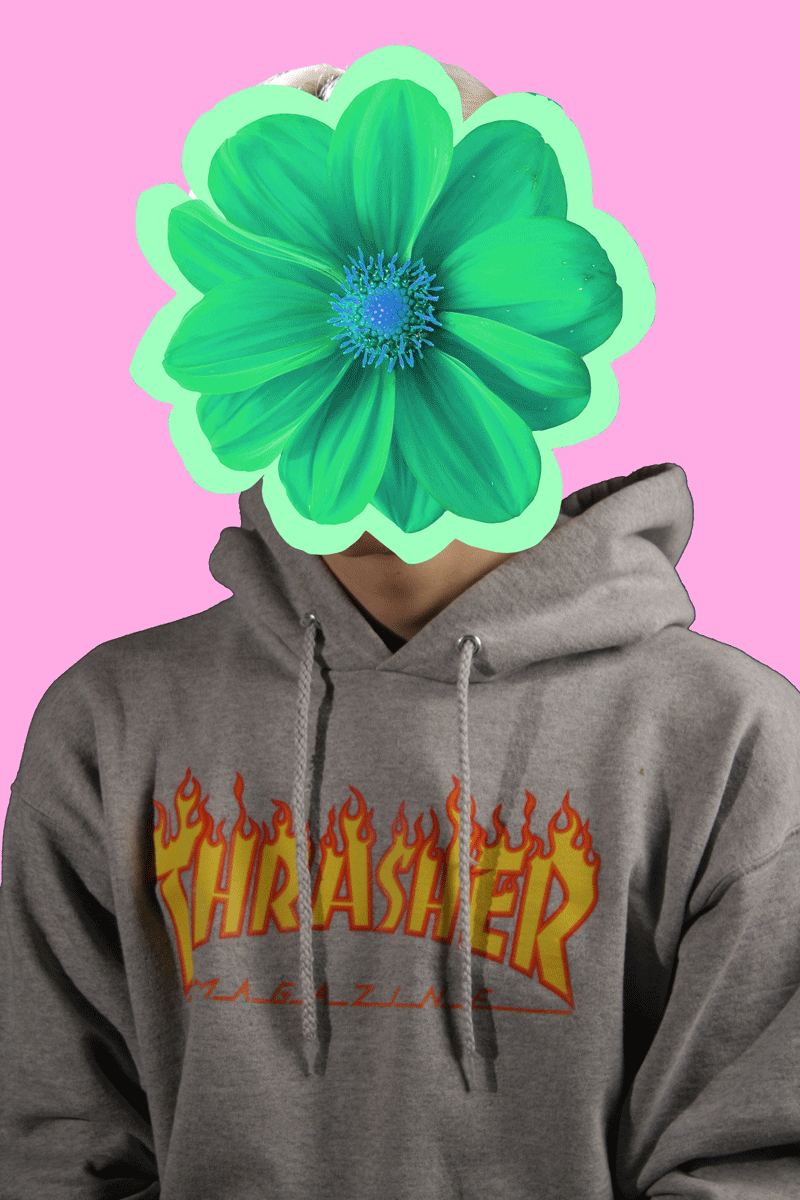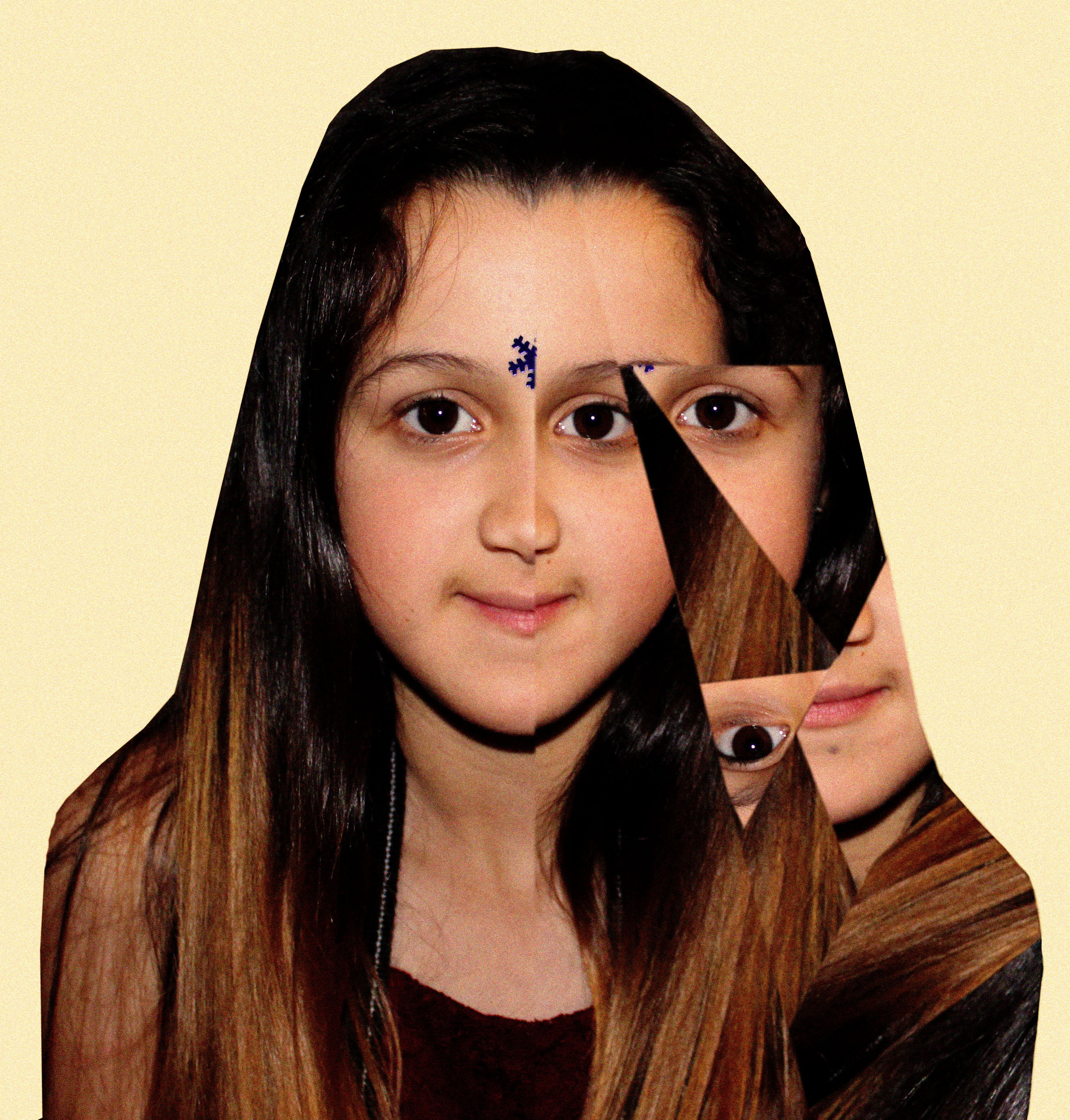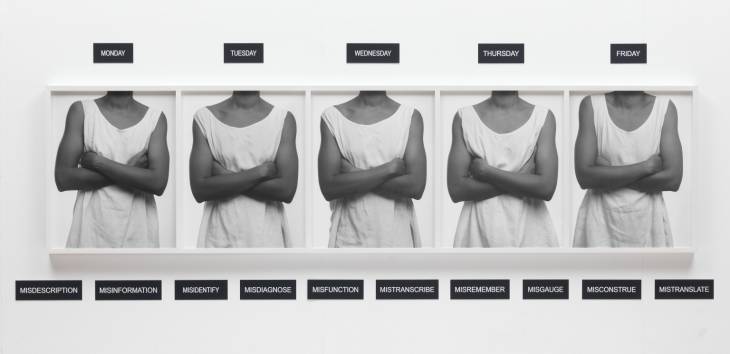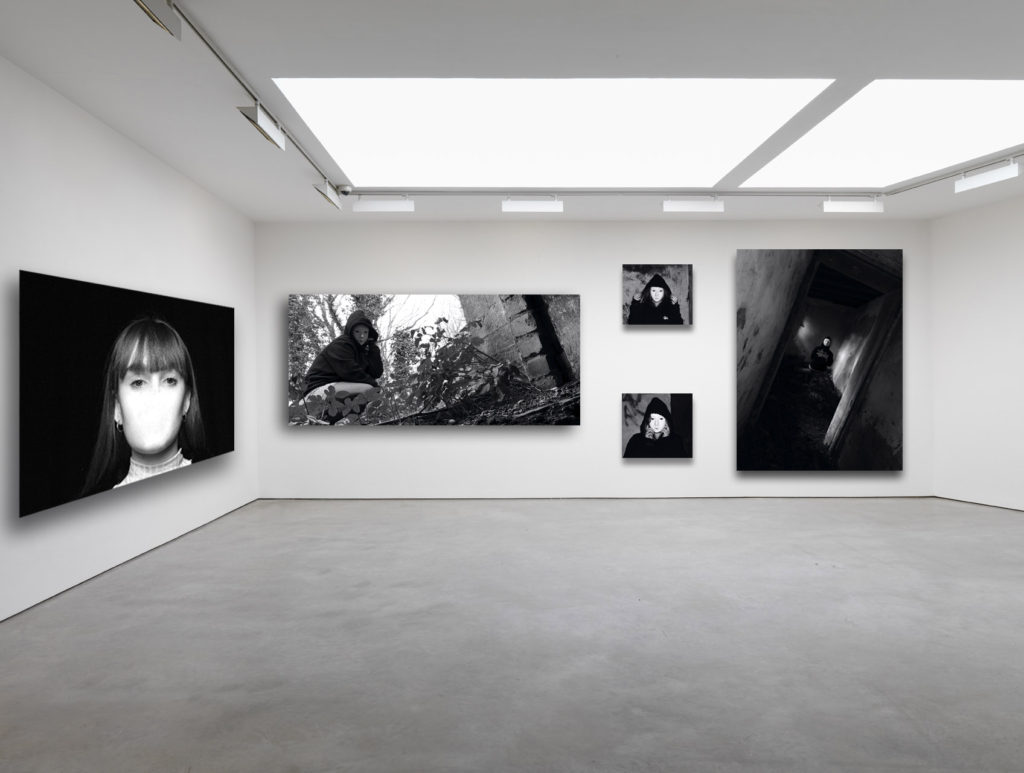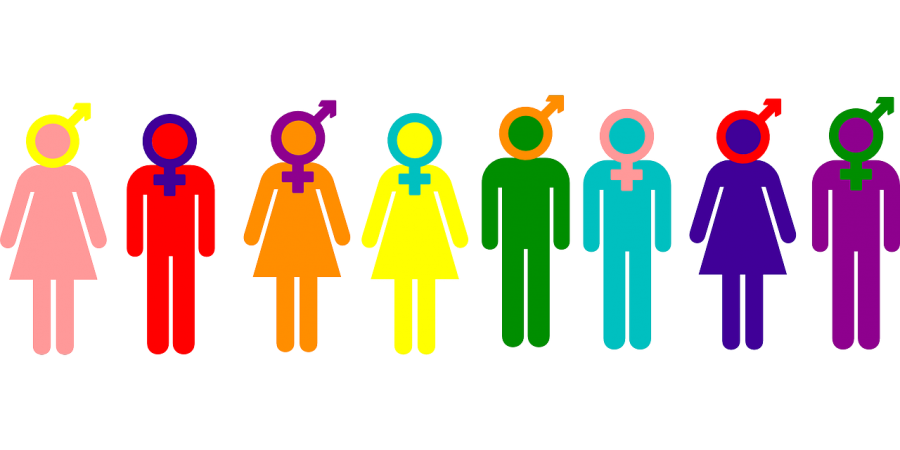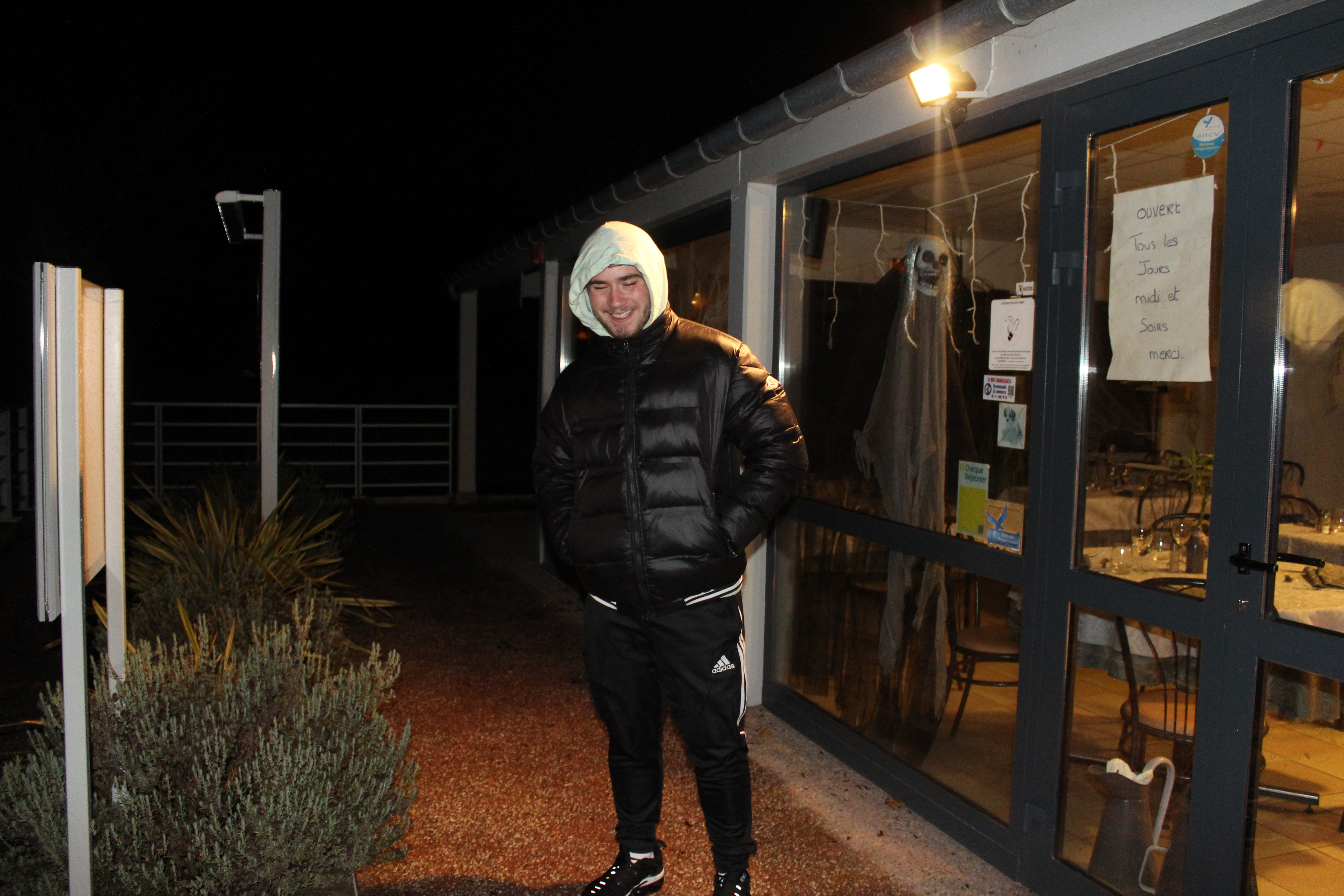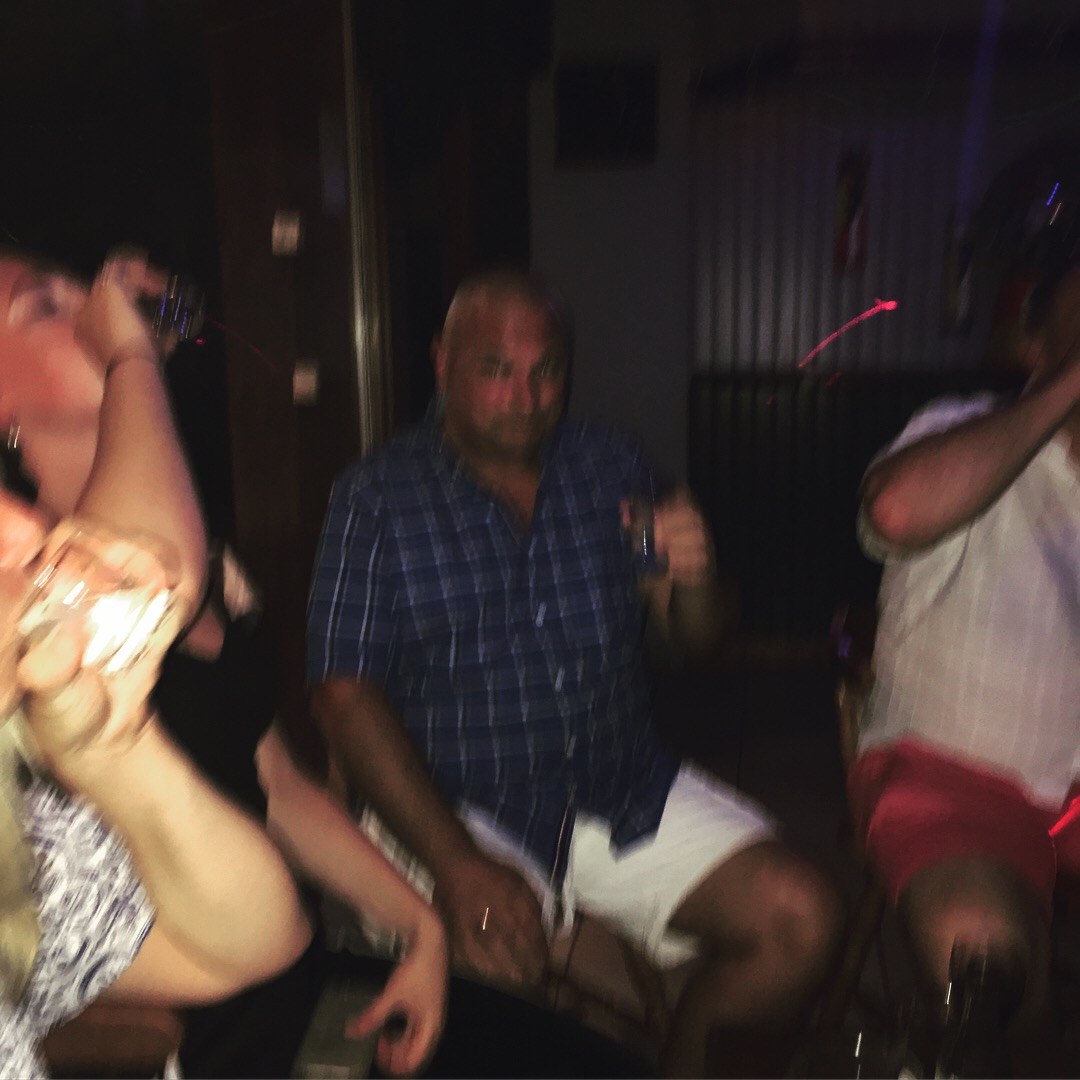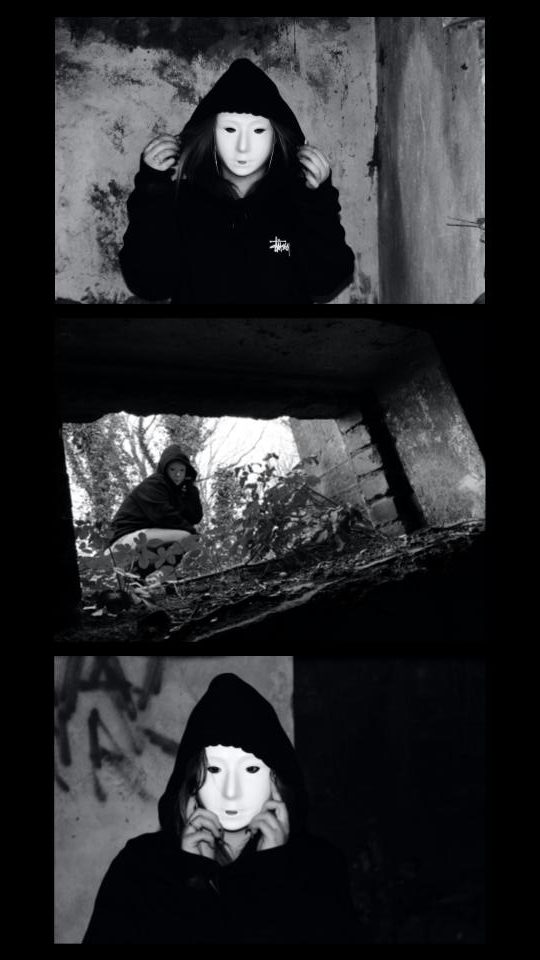John Bulmer was born on the 28th of February 1938 in Herefordshire. When Bulmer was young he was interested in photography but mostly as a technology. Despite that, when he was a teenager he became a great admirer of Henri Cartier-Bresson. Bulmer went on to study engineering at Cambridge where his interest in photography began properly. After beginning this he went on to get his work published in lots of different magazines and newspapers such as Varsity magazine and the Daily Express. His ambition was photography journalism.
These are a selection of my favourite images by John Bulmer. These images show Bulmer both using colour and black and white. He began using colour after it was required for one of the magazines he took pictures for asked for it. His images often displayed people from the working class such as miners or factory workers.
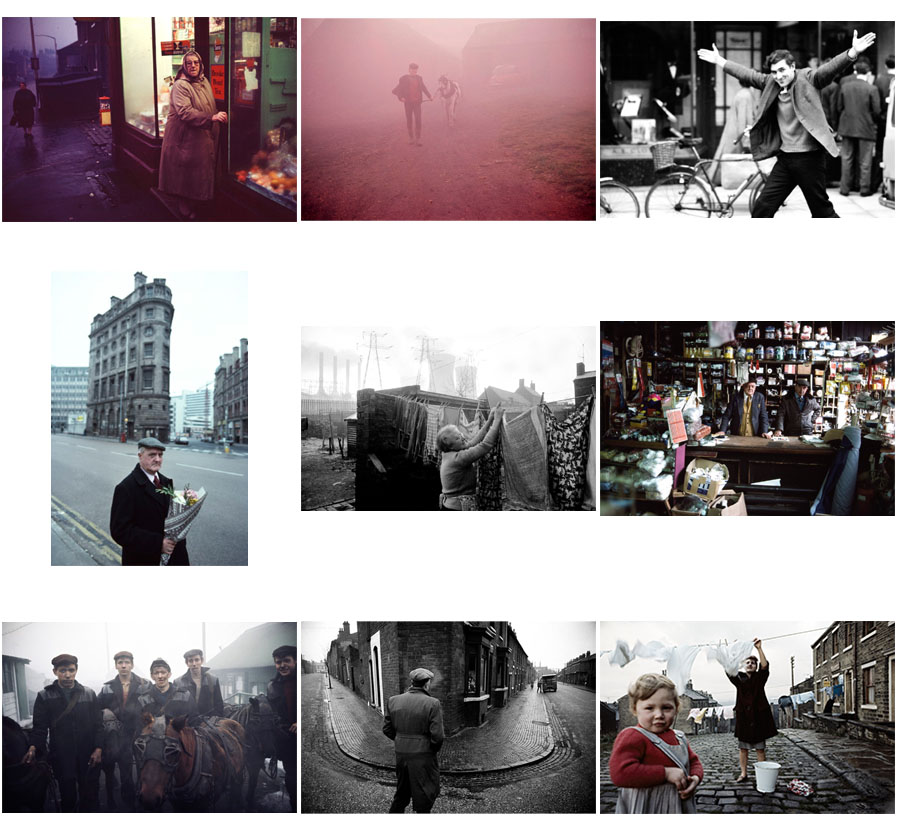
The image below is one of John Bulmers best images. It displays people in the North of England in their village hanging up clothes to dry.
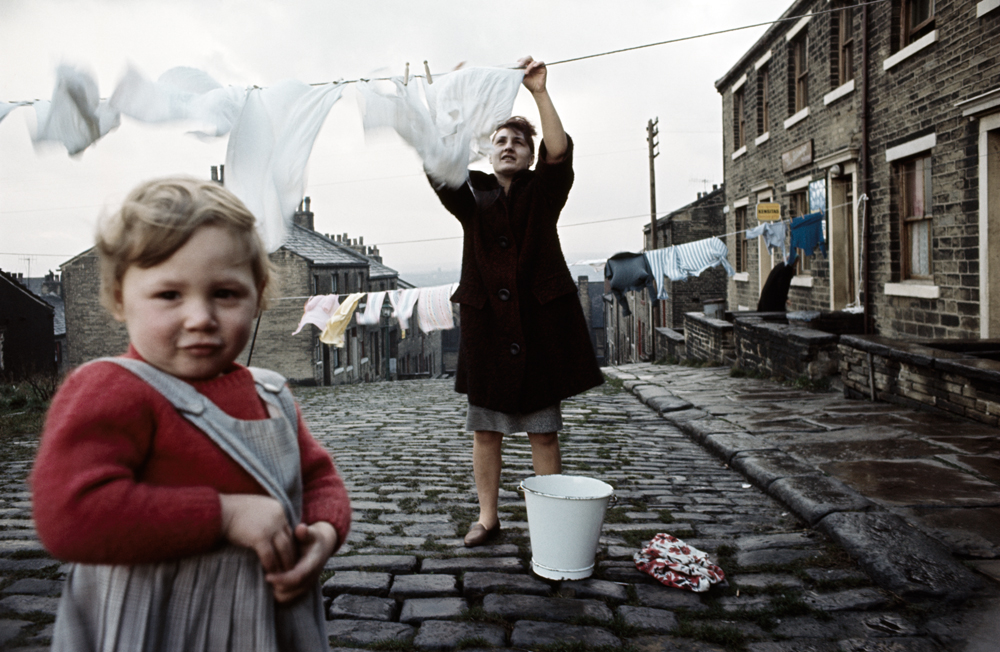
Technical: This image makes use of natural lighting. This type of lighting is used because of the setting and to display the bright but dull looking weather of the area the image is taken. This image may have also taken the image at a time like this to make the area seem constantly cold and damp.
Visual: Bulmer has taken this photo at a time where the sky was bright and cloudy. This has created a contrast between the white background and the darker foreground. This makes the figures and the details in the image easily visible. This image also has form in it creating a 3D effect showing a long cobblestone road in the image. This creates an idea of community as all the buildings shown are close together and similar to each other.
Contextual: This image taken by Bulmer uses colour film. This was thought of as a difficult move for photographers at the time this image was taken. This is because colour may be harder to use than black and white for a lot of people. Bulmer is thought of as a pioneer of coloured photography because of his images, like this one.
Also, this image like a lot of Bulmer’s other work is used to show the true life of the people in the North of England. The image has been taken in a dull village and shows a mundane task to display the uninteresting lives of people in the working class in the North of England.
Conceptual: The idea of this image is that Bulmer wanted to capture the life and identity of people in the North of England. He has done this by capturing some people from the area with the old grey buildings and horrible weather to display the geographical identity of the area. This image also shows the identity of the community. This is also done through the long road with all the buildings close by each other, this along with the fact that there are two people of different age groups shows that people are close together with each other in the village.

